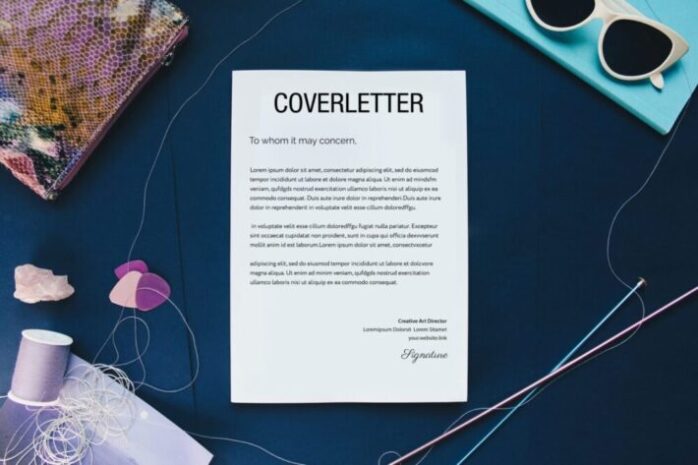
Every owner of a new company requires a little bit of help or advice from the side to help them understand how the business side of the company works. You have probably finally found out what RFP or request for proposal is and how to utilize it to your benefit. You have finally procured the perfect RFP and you are ready to show it to your clients, but you are still missing one important element. A cover letter. But, did you know that an executive summary can also serve a similar purpose?
Assuming that you did not know about the possibility of an executive summary, I probably now got you confused about these two things. Are they the same, they different or is it is just some weird business naming strategy? Well, they can be quite different, but they can also be quite similar. Some would even say that an RFP cover letter can actually be an executive summary.
However, let us not complicate things even further and let us talk about the differences between these two things to help you run your business more efficiently and in the right way.
What is a cover letter?

Before we can start talking about the differences between these two subjects, I think I should first explain in detail what exactly is a cover letter and what it is used for.
The best way I can explain this to you about this is by comparing it with a CV or a job application. What is your main objective when submitting an application for a job? You aim to get the attention of the employer as quickly as you can. You submit all of the important information right there on the first page to get their attention and then you deliver the rest of the personal information about yourself.
Cover letters work basically in the same way. You have your request for a proposal ready, explaining your needs and the aim of your business, products or services and you want to show it to your clients. But, you cannot expect that every person will read through that entire request/report. Not everyone has the patience to dedicate so much time to reading. So, with a cover letter, you will be able to explain all the important details in just one page or only a few more.
What is an executive summary?

Now that you understand what exactly a cover letter is and how it works, it is time to talk about the executive summary. To explain it best, this part comes after the cover letter you just learned about and before your entire report/proposal. But, I should also note that this is completely optional. You can leave it out of your RFP if you want to while the cover letter is mandatory.
With it, you should be aiming to convince your clients as quickly as possible about your business solutions, products, or services. Sure, it can be similar to the cover letter, but here you will need to get a little bit more technical.
This summary requires the most important technical information about the business and the benefits everyone can experience from doing these kinds of moves or changes. It is also important to summarize all of the possible, but positive results in the future that you expect from your proposal.
It is very important to stay precise during the entire summary, but you should mix between informal and formal sentencing. Keep the tone neutral, analytic, and optimistic too. It won’t hurt if you get a little bit casual once in a while instead of being consistently business oriented with your explanations. By doing this, you can maintain the attention of your client and entice them to read through the entire executive summary.
Which one do I need?

Well, there is no exact universal answer to this question because it really depends on what your goal is. Like I already mentioned, an executive summary is not exactly a requirement for your RFP, but it is not a bad idea to have one. It is one of the best ways to convince clients why they should accept your proposal and offer you their time. Although, if you feel like you are still having trouble forming a proper RFP, you should probably consider hiring a company to do it for you. This type of professionals will ensure that your RFP is properly designed and organized as suggested by thebidlab.com.
With this in-depth, short summary of all the possible questions people might ask you about your business objectives, you will surely pull in a lot of attention with a single page of the paper.
However, if you are short on time or do not see a reason to write down this kind of a document then you should only focus on your cover letter. Keep in mind, this document is essential for RFP and it is a requirement. Without this document, your request for a proposal is not ready. Obviously, you very much need this if you plan on providing on any kind of a proposal.
Things you should know

Since differentiating between these documents can be difficult even after reading through this article, I am going to share a couple of guidelines you can follow to make sure that you write your executive summary or cover letter in the proper manner.
One of the most important things you have to remember when creating your executive summary is that this is not a letter. The first paragraph does not require any kind of introduction to the topic. Aim to convey as much information as possible in the shortest time. Keep people up to speed by only mentioning the most vital information.
But, when it comes to cover letters, you will need to be a bit more formal and write an introduction. You should treat this type of document as a regular letter. It needs an introduction to the topic, the main topic, and a closing.
After reading through this article I hope that you finally understand the differences between these two pieces of paper and you can use them properly for your business goals.











